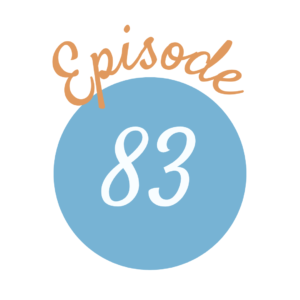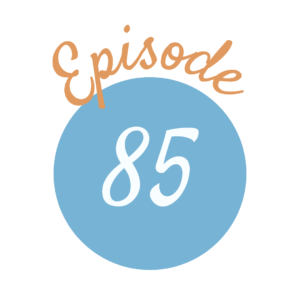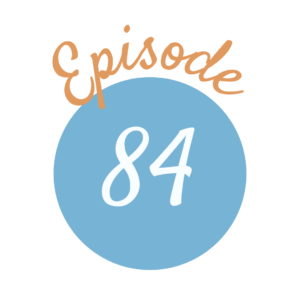
Charlotte Mason wanted children to set good intellectual habits, and these begin in the first year of formal lessons. A. A. Milne said, “Now we are Six,” Mason said, “Now it’s time to read,” and this episode will describe the scope of the first year of school and its lessons.
Listen Now:

“We (of the PNEU) begin the definite ‘school’ education of children when they are six; they are no doubt capable of beginning a year or two earlier but the fact is that nature and circumstances have provided such a wide field of education for young children that it seems better to abstain from requiring direct intellectual efforts until they have arrived at that age.” (Vol. 6, p. 159)
“But we are considering, not the religious life of children, but their education by lessons; and their Bible lessons should help them to realise in early days that the knowledge of God is the principal knowledge, and, therefore, that their Bible lessons are their chief lessons.” (Vol. 1, p. 251)
“Children between six and nine should get considerable knowledge of the Bible text. By nine they should have read the simple (and suitable) narrative portions of the Old Testament, and, say, two of the gospels.” (Vol. 1, p. 248)
“But let the imaginations of children be stored with the pictures, their minds nourished upon the words, of the gradually unfolding story of the Scriptures, and they will come to look out upon a wide horizon within which persons and events take shape in their due place and in due proportion.” (Vol. 1, p. 249)
“Next in order to religious knowledge, history is the pivot upon which our curriculum turns.” (Vol. 6, p. 273)
“Every day’s walk gives him something to enter…While he is quite young (five or six), he should begin to illustrate his notes freely with brush drawings.” (Vol 1, pp. 54-55)
“Children who are too small to write dictate their notes which are written down for them.” (“The Work and Aims of the P.U.S.” Parents’ Review)
“The first buttercup in a child’s nature note book is shockingly crude, the sort of thing to scandalise a teacher of brush-drawing, but by and by another buttercup will appear with the delicate poise, uplift and radiance of the growing flower.” (Vol. 6, p. 217)

J. Paterson Smyth Commentaries (or, in ebook format here)
Elementary Geography, Charlotte Mason
Eyes and No Eyes Series, Arabella Buckley
(Contains affiliate links)

Charlotte Mason’s Bible Rotation
Nicole’s Out-of-Door Geography post
The New Handwriting
Mathematics: An Instrument for Living Teaching
Special Studies Rotation
Subjects by Form Page








